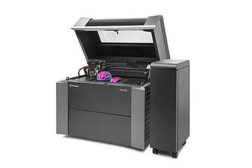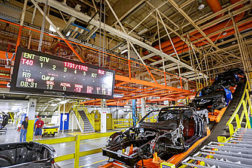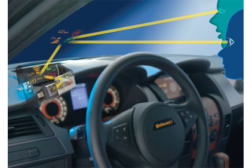Articles by Austin Weber
3D Printing Myths and Methods
Engineers are intrigued by the potential of this next-generation technology.
July 1, 2014
Never miss the latest news and trends driving the manufacturing industry
Stay in the know on the latest assembly trends.
JOIN TODAY!Copyright ©2024. All Rights Reserved BNP Media.
Design, CMS, Hosting & Web Development :: ePublishing





